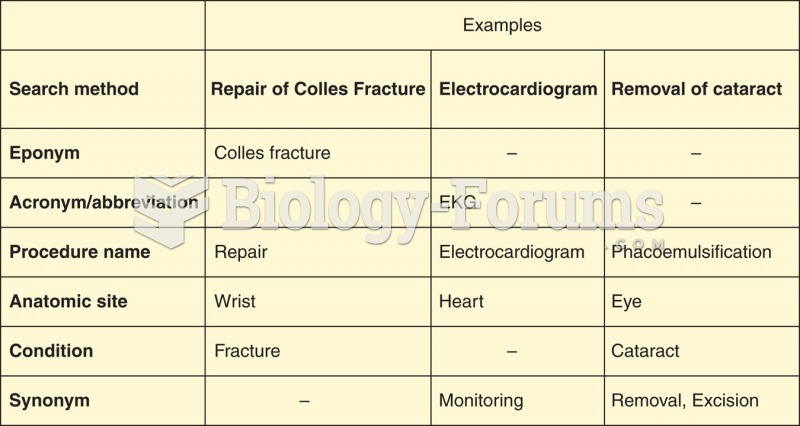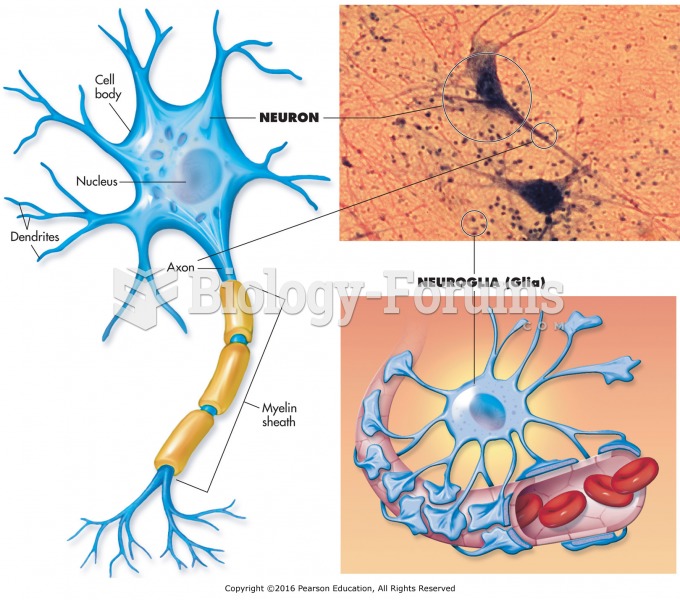|
|
|
Although the Roman numeral for the number 4 has always been taught to have been "IV," according to historians, the ancient Romans probably used "IIII" most of the time. This is partially backed up by the fact that early grandfather clocks displayed IIII for the number 4 instead of IV. Early clockmakers apparently thought that the IIII balanced out the VIII (used for the number 8) on the clock face and that it just looked better.
There are more nerve cells in one human brain than there are stars in the Milky Way.
Earwax has antimicrobial properties that reduce the viability of bacteria and fungus in the human ear.
Many medications that are used to treat infertility are injected subcutaneously. This is easy to do using the anterior abdomen as the site of injection but avoiding the area directly around the belly button.
Egg cells are about the size of a grain of sand. They are formed inside of a female's ovaries before she is even born.







